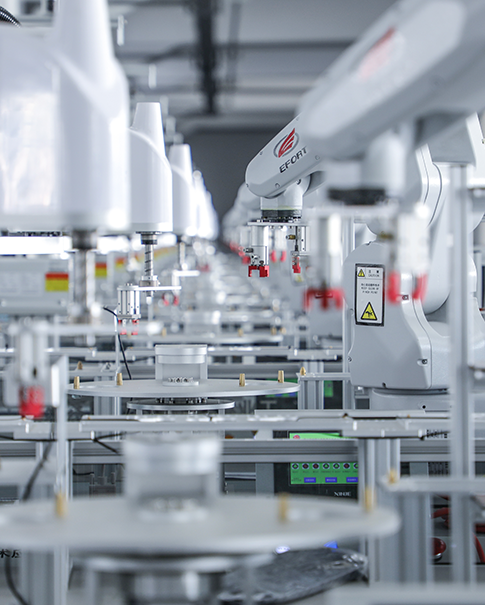When it comes to installing Variable Speed Drives (VSDs) in industrial settings, there are two primary approaches: centralized and decentralized. Centralized installations place VSDs in a single control cabinet, while decentralized setups distribute them closer to the motors they control. Each method has its own set of advantages and challenges, and choosing the right one depends on your specific needs and operational goals.
Centralized VSD installations have long been a staple in industrial automation due to their numerous benefits. One of the key advantages is the protection that a control cabinet provides. This enclosed environment shields VSDs from dust, moisture, and other environmental factors, reducing the risk of damage and extending the lifespan of the drives. Centralized installations also simplify maintenance and troubleshooting. Technicians can access all VSDs in one location, making it easier to perform routine checks, repairs, and failure analysis. Additionally, centralized power distribution ensures efficient management of electrical supply, reducing the risk of power-related issues.
Decentralized VSD installations have gained popularity in recent years due to their unique benefits. By placing VSDs closer to the motors, decentralized systems significantly reduce the length of power and control cables required. This not only lowers installation costs but also minimizes voltage drop and power losses, leading to more efficient operation. Decentralized installations also offer greater flexibility and scalability. Adding or removing VSDs is simpler, as there is no need to reconfigure a central control cabinet. This makes it easier to adapt to changing production requirements and expand the system over time. Furthermore, decentralized systems can provide faster response times, as control signals travel shorter distances, which is crucial for applications requiring precise speed control.
While centralized VSD installations offer many benefits, they also come with some considerations. One of the main challenges is space requirements. Centralized control cabinets can be large and may require significant floor space, which can be a constraint in facilities with limited available area. Additionally, housing multiple VSDs in a single cabinet generates considerable heat, necessitating effective cooling solutions such as fans or air conditioning to prevent overheating. Another potential drawback is the risk of a single point of failure. A malfunction in the control cabinet can affect all connected VSDs and motors, making redundancy measures and robust backup systems essential.
Email us
Reply within one working dayVisit us
32D Guomao Building, No.388, Hubin South Road, Siming DistrictDisclaimer : Salesplc sells new and surplus products and develops channels for purchasing such products. This website has not been approved or recognized by any of the listed manufacturers or trademarks. Salesplc is not an authorized distributor, dealer, or representative of the products displayed on this website. All product names, trademarks, brands, and logos used on this website are the property of their respective owners. The description, explanation, or sale of products with these names, trademarks, brands, and logos is for identification purposes only and is not intended to indicate any association with or authorization from any rights holder.
Copyright @2024 SalesPlc Limited. Sitemap
/ Blog
/ XML
/ Terms And Conditions
/ Privacy Policy
 Network Supported
Network Supported
